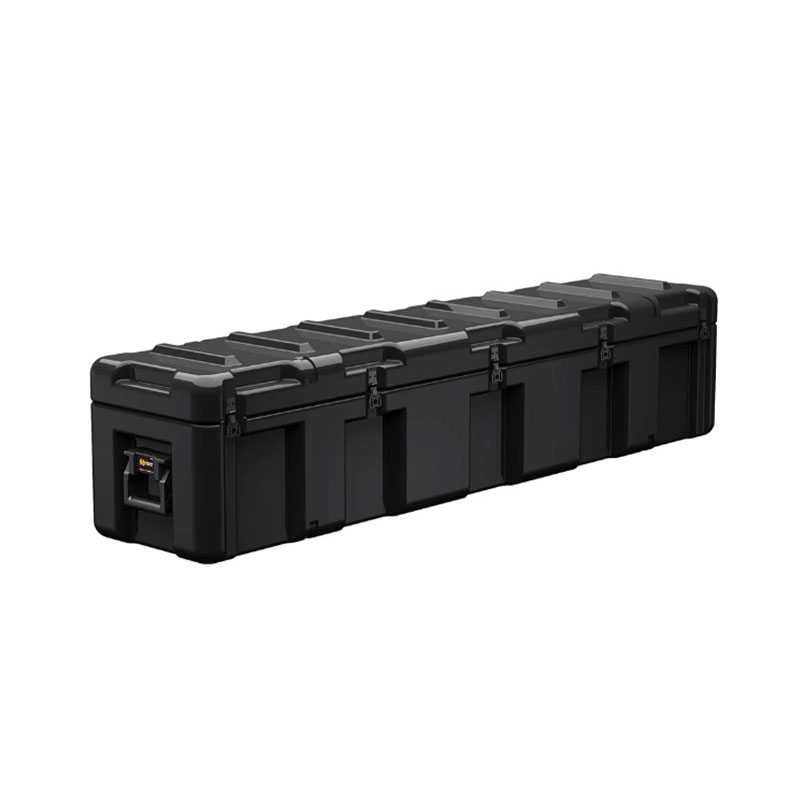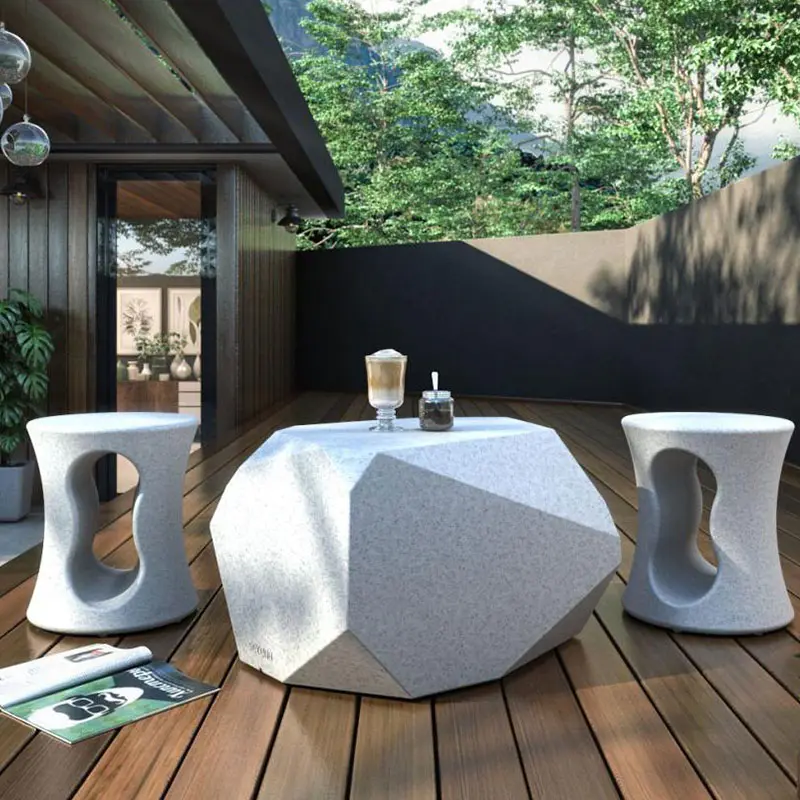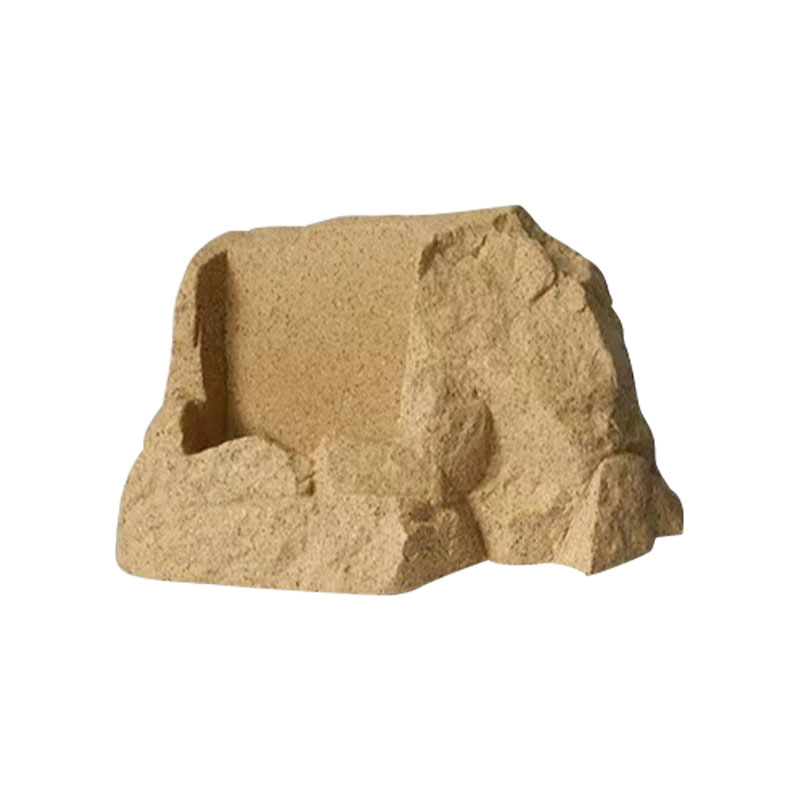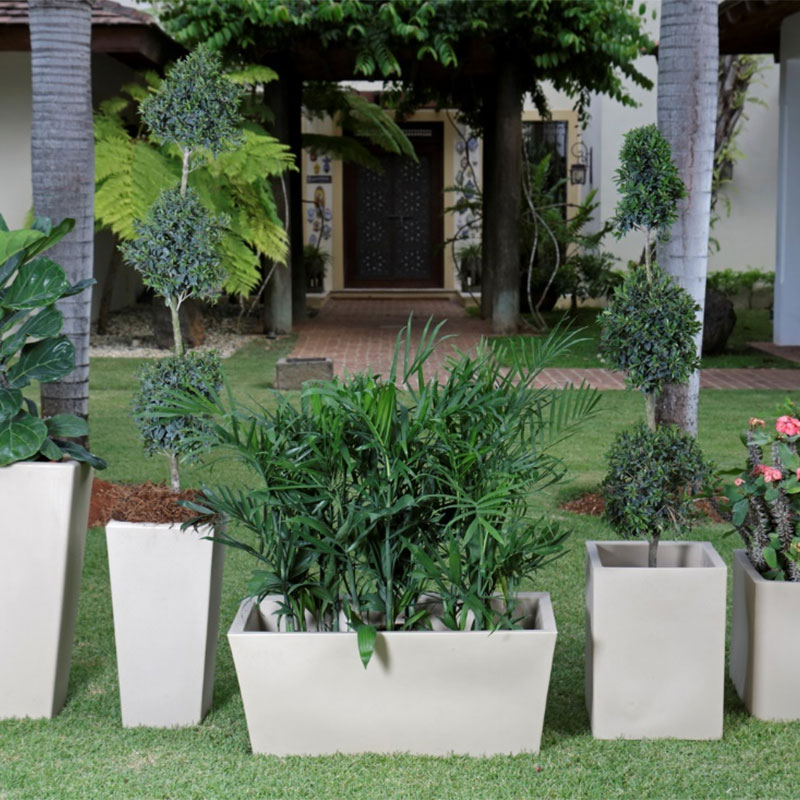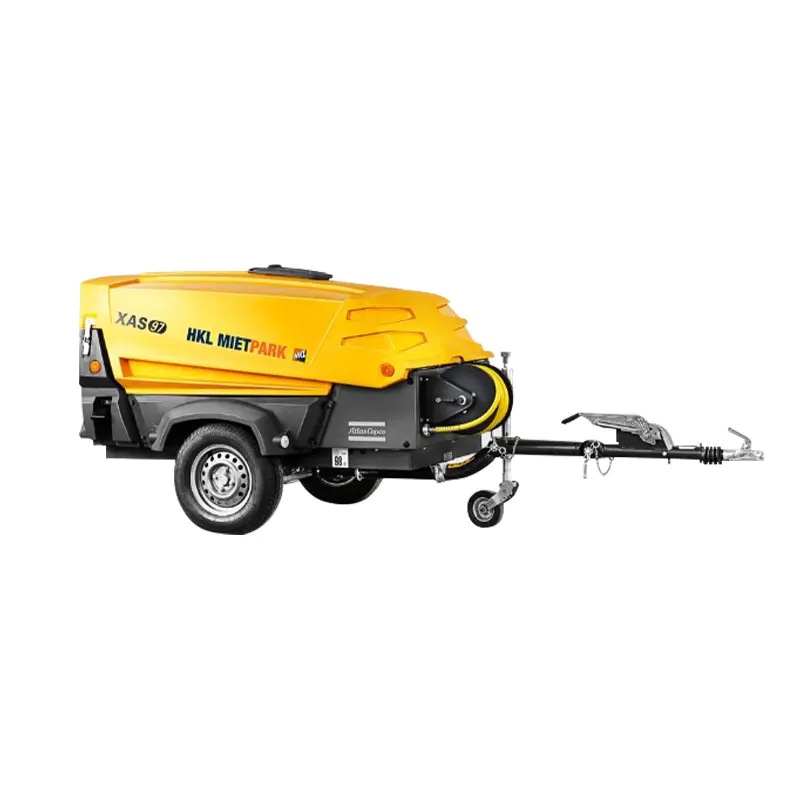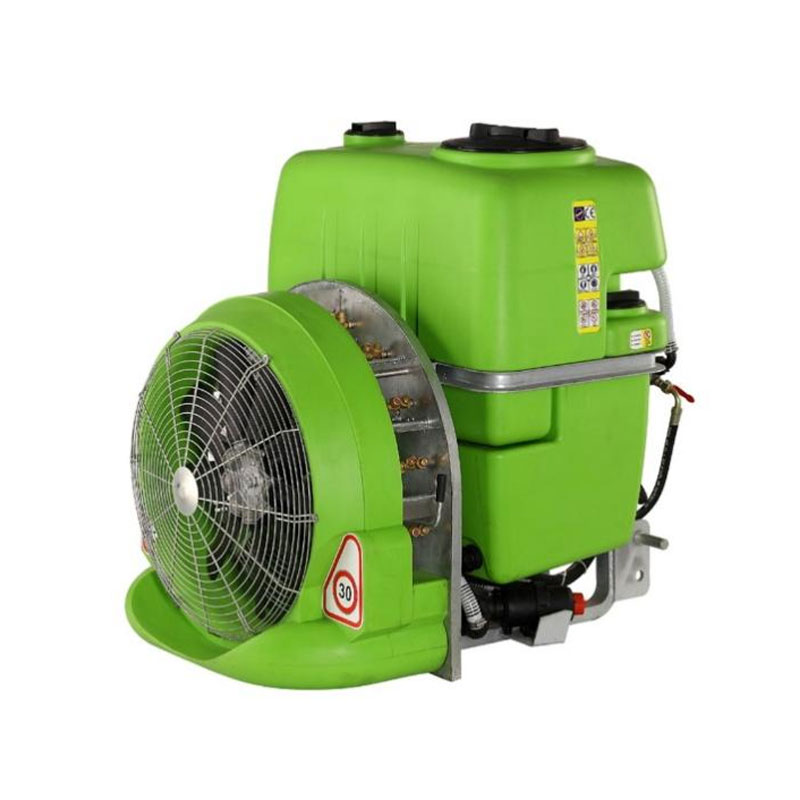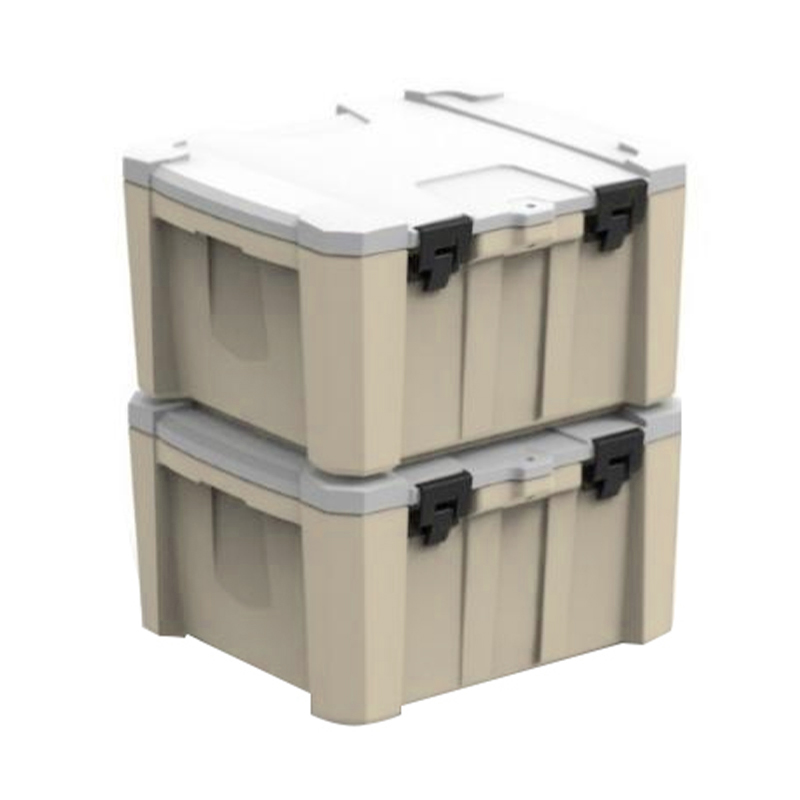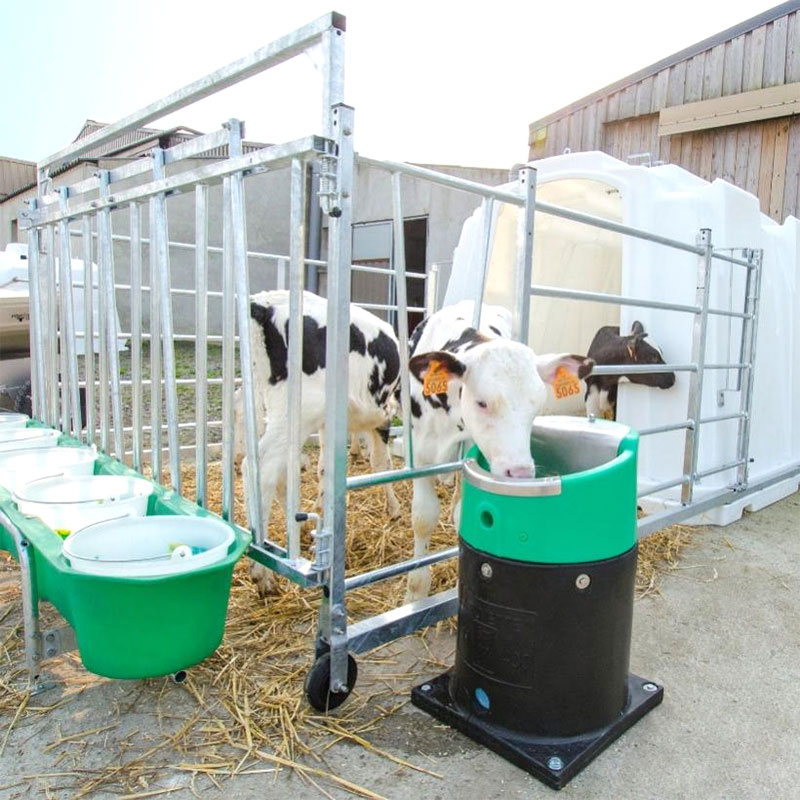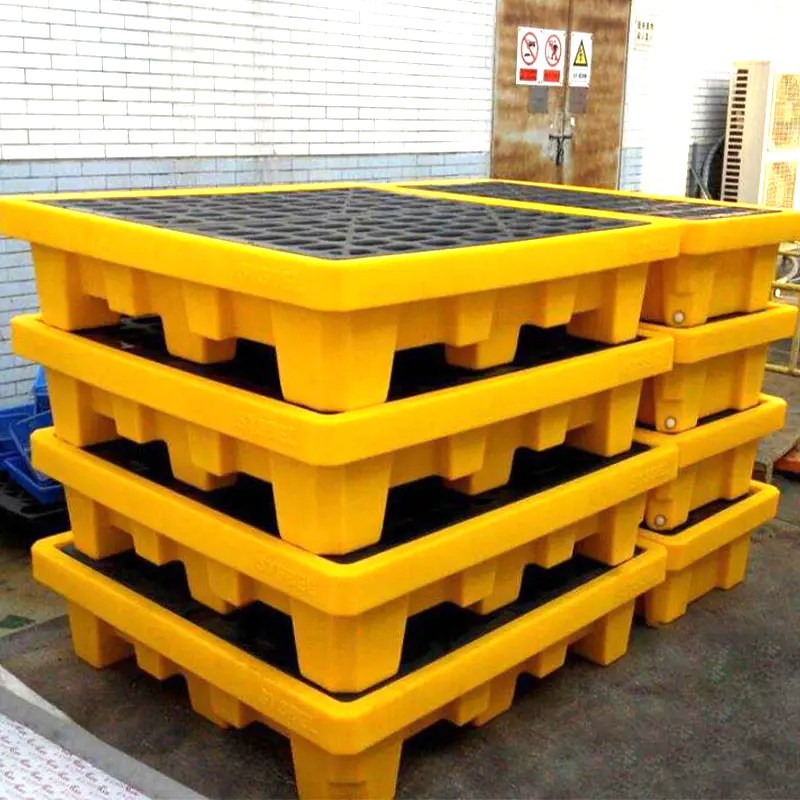The quality of flowerpot gardening molds first depends on the synergy of material selection and process characteristics. As the core material, cast aluminum alloy has a high degree of plasticity, which provides a wide space for mold shaping. This metal material can accurately fill the mold cavity in a high-temperature molten state and maintain complex structural details after cooling. Complementing the material properties is the application of rotational molding. The rotational molding process makes the plastic raw material evenly adhere to the inner surface of the mold through the rotation of the mold in a high-temperature environment, and the final molded flowerpot is highly consistent with the surface state of the mold. The combination of cast aluminum alloy and rotational molding process ensures the structural stability of the mold.
The plasticity of the surface texture enhances the application value of the flowerpot gardening mold
The surface texture of the flowerpot gardening mold is the key factor to enhance its application value, and the realization of this value is inseparable from the plasticity given by the material and process. The material characteristics of cast aluminum alloy enable the mold surface to form a rich basic texture through mechanical processing, chemical treatment and other methods. In the rotational molding process, these pre-treated mold surfaces will accurately "copy" the texture onto the finished flowerpot, giving the original single plastic material a variety of tactile and visual effects. Smooth surface textures are suitable for modern minimalist gardening scenes, highlighting the neatness of the flowerpot; matte textures can enhance the anti-slip performance while creating a natural and rustic atmosphere. More complex patterns, wavy lines or brand logos can form a lasting and clear mark on the flowerpot through precise engraving on the mold surface, which not only meets functional requirements but also has decorative properties.
Special texture molding technology expands the application scenarios of flowerpot gardening molds
The expansion of the application scenarios of flowerpot gardening molds depends largely on breakthroughs in special texture molding technology. In the process of making imitation stone textures, the mold is first reproduced with natural stone as the prototype, and then cast with cast aluminum alloy to form a cavity with rock texture, and then a flowerpot with a realistic stone appearance is produced through rotational molding. This product can directly replace natural stone for gardening, reducing costs and resource consumption. The treatment of imitation plaster texture pays more attention to the presentation of delicate texture. After a special grinding process, the mold forms a soft surface undulation, which makes the finished flower pot have a warm touch similar to plaster products.
Technology synergy guarantees the stability and durability of flowerpot gardening mold
The long-term stable use of flowerpot gardening mold requires close coordination of material properties and process flow. Cast aluminum alloy has excellent heat resistance and mechanical strength. It is not easy to deform in the repeated high-temperature operation of the rotational molding process, and can maintain the accuracy of the cavity for a long time. The surface of the mold will undergo special anti-corrosion treatment to resist the chemical erosion that may be caused by the plastic raw materials at high temperatures and extend the service life. The characteristics of the rotational molding process itself also put forward adaptation requirements for the durability of the mold. The uniformity of the wall thickness of the mold, the roundness of the edges and corners and other detailed designs will affect the force balance during the process, thereby ensuring that the mold is not prone to cracks or wear during long-term rotation operations. This synergy between materials and processes enables flowerpot gardening mold to maintain a stable molding effect in high-frequency production.
Technological innovation promotes the sustainable development of flowerpot gardening mold
The sustainable development of flowerpot gardening mold depends on the continuous optimization of materials and processes through technological innovation. In terms of materials, the research and development of new modified cast aluminum alloys is further improving its plasticity and environmental performance, reducing energy consumption in the production process; in terms of process level, the introduction of digital design technology makes the texture processing of the mold more accurate, and the texture layout can be optimized in advance through computer simulation to reduce the cost of trial and error. The recycling and reuse technology for special texture molds is also gradually improving. The old molds can be used again in the production of new molds after re-melting, realizing the recycling of resources. These technological innovations improve the production efficiency and quality of the mold, making it more in line with the development needs of the modern horticultural industry in terms of environmental performance.
Mold characteristics affect the functionality and market acceptance of finished flowerpots
The characteristics of flowerpot gardening mold directly affect the functionality of the finished flowerpots, and thus affect their market acceptance. The modeling accuracy of the mold determines the structural rationality of the flowerpot, which needs to be guaranteed by the precise molding of the mold to ensure that the flowerpot has good air permeability and drainage in actual use. The diversity of textures meets the aesthetic needs of different consumer groups. Home gardening users may prefer simple and smooth flower pots, while landscape projects prefer products with imitation stone textures. The wider the range of shapes and textures that the mold can achieve, the stronger the market adaptability of the finished flower pot. The customization ability of the mold is also an important factor in improving market competitiveness. By adjusting the mold design, the market demand for new flower pot styles can be quickly responded to, so that the product always maintains market vitality.

 English
English 中文简体
中文简体 русский
русский Español
Español